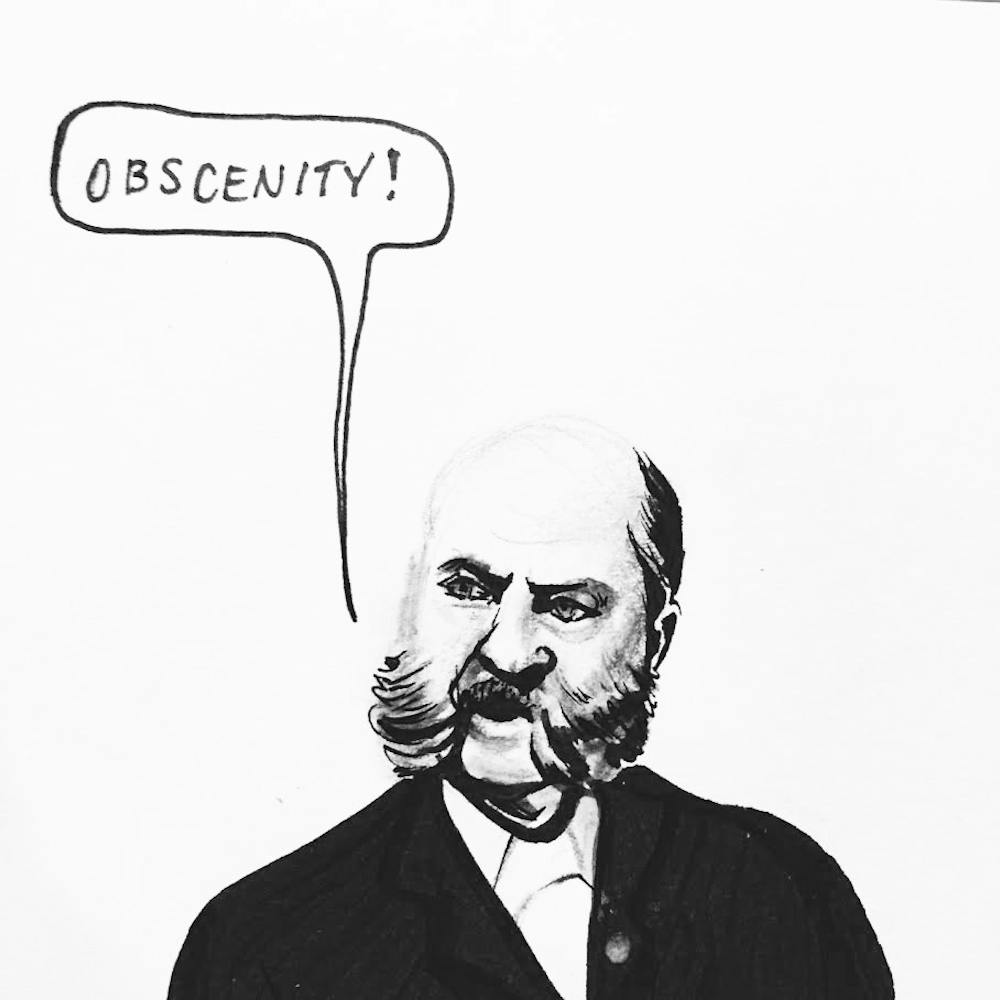Saturday marked the one-year anniversary of Donald Trump’s inauguration and the second Women’s March internationally. Marchers advocated for many causes, among them reproductive rights, which they felt were threatened by the Trump administration following an October ruling on the Affordable Care Act. The ruling allowed employers to choose whether or not to refuse birth control if they had religious or moral objections, but was suspended by a federal judge.
Here is our condensed history of birth control in the U.S. so we can better understand the position now.
Since antiquity, legends tell of people using all kinds of bizarre contraceptives from fish bladders as condoms to sneezing after sex, all varying in degrees of effectiveness.

The Comstock Laws (1873) refer to a series of federal acts and state laws related to birth control. The parent Act passed in 1873 for the "Suppression of Trade in, and Circulation of, Obscene Literature and Articles of Immoral Use" prohibited the distribution of “obscenities,” contraception and abortion-inducing material by use of the U.S. Postal Service.
Margaret Sanger founded the first birth-control clinic in the United States in 1916, providing contraceptives such as diaphragms and supplementary educational information. She also established the American Birth Control League in 1921, which would become the Planned Parenthood Federation of America in 1942. Sanger is a controversial historical character due to her support of eugenics and promotion of birth control for African Americans and people with disabilities, but her legacy on what we know as modern feminism is undeniable.





